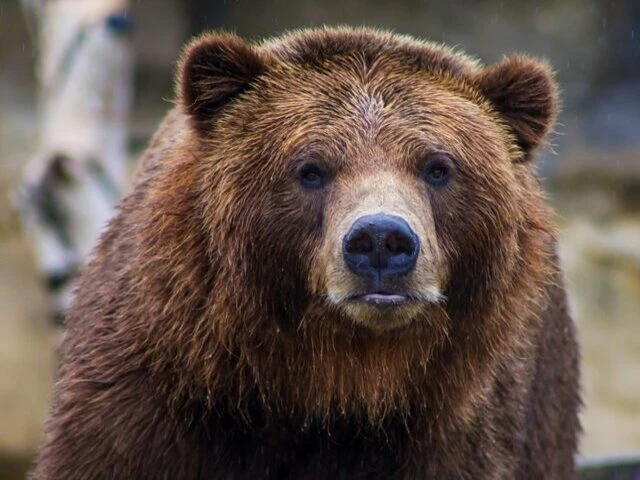Busting the Myths Regarding Alaskan Grizzlies
Grizzlies are those awe-inspiring bears about which we have heard a lot of stories most of which is myth. They belong to the Alaskan region and are quite the celebrities. Yes, some of them have even been featured in Hollywood movies as well. For instance, if you remember the movie “The Revenant”, there was a grizzly along with the leading actor -Leo De Caprio.
The grizzly with its massive built is physically overbearing. Standing at a height of eight feet, these majestic creatures weighing between five hundred to nine hundred pounds are a major attraction of an Alaskan holiday. Watching grizzlies in their natural habitat makes a journey truly worthwhile. They are intelligent creatures and live their life like a king. Their unique hunting skills, their bonding with the cubs, and everything about their day to day life is so interesting. They are considered to be among the largest and most dominant predators of the world.
Moreover, their sense of smell is acute with the help of which they can track food in a vast terrain. They also possess long and sharp claws helping them in hunting and digging. Their most unique activity is hibernation which can go on for 7 months at a stretch during which they do not eat, drink, urinate or defecate slowing the metabolism for energy.
Common Myths Debunked about Grizzlies
- Myth 1- Grizzlies are Aggressive Predators Hunting Humans – Contrary to what the popular belief is; grizzlies are very shy and avoid human contact. They feed on fish which they catch from the water bodies and only attack when feel threatened by humans.
- Myth 2 – Grizzlies Cannot Climb Trees – This is a widespread misconception. People think they cannot climb trees due to their body weight. But the fact is, young cubs are expert climbers and the adults can climb easily when they sense danger in their surroundings.
- Myth 3 – Grizzlies Hibernate All Winter – This is not true at all. Grizzlies hibernate but the time span varies depending on the climate and food availability. In regions with more milder climates, grizzlies will hibernate for shorter periods or not at all.
The Coexistence of Grizzlies with Humans in Alaska
Learning to coexist with the grizzlies involves understanding their normal as well as stress behaviour. A bear under stress may make false charges, swat the ground or sniff the air. Avoid eye contact with it, speak in a low volume and back off slowly without turning your back to it and running if you encounter a grizzly in the wild.
Always remember to carry a bear spray which is a non-lethal deterrent to stop them from attacking. Use it discreetly.
Grizzlies- a Crucial Part of Alaskan Ecosystem
Grizzlies primarily feed on salmon from the nearby rivers or cascades and carry them to the forest to eat in peace. The leftovers are rich in nitrogen that functions as a natural fertilizer contributing to the lush greenery of Alaskan forests.
Present Condition of Grizzlies and Conservation
Grizzlies in Alaska are managed by the Alaska Department of Fish and Game, National Park Service and the United States Fish and Wildlife Service. These organization work together to protect bears from illegal poaching and ensure that regulations are enforced properly.
The Bear Viewing Tours in Alaska
To learn more about bear viewing and other bear species in Alaska, take a look at our comprehensive guide “Your Ultimate Guide to Bear Viewing in Alaska: An Unforgettable Experience!” or our in-depth look at “Meet Alaska’s Bears: An In-Depth Look at Alaska’s Majestic Creatures“.
The Bear Viewing Tours in Alaska conducted by https://bearviewinginalaska.com/ are designed keeping in mind safety rules. Get started to become a part of the expedition. Enjoy the rare view of watching a grizzly in its natural habitat.








